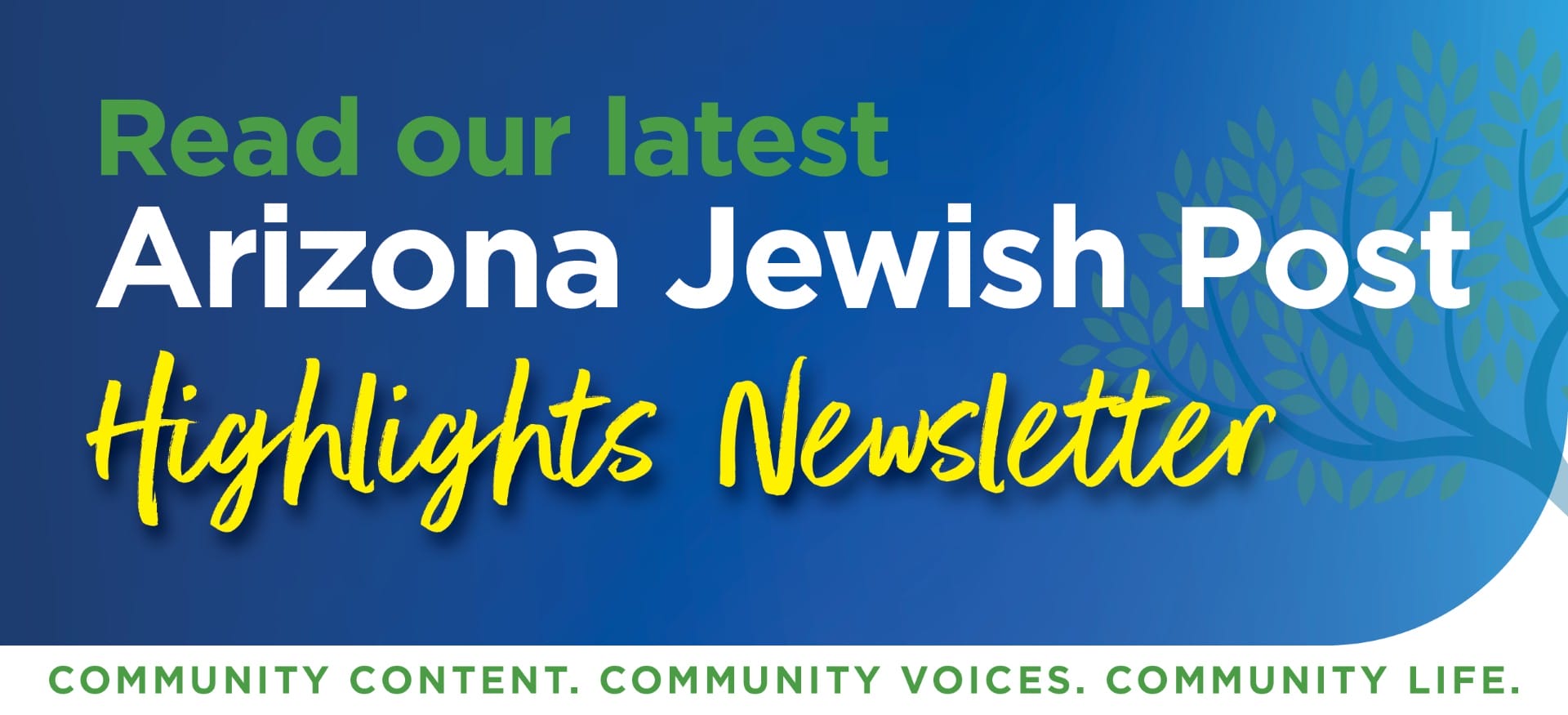Former U.S. congressional representative and Tucson resident Gabrielle Giffords brought aphasia into the public eye during recovery from the 2011 mass shooting at her “Congress on Your Corner” event in northwest Tucson. Two million people in the United States have aphasia, a communication disorder, but 84.5 percent of Americans say they have never heard the term aphasia. National Aphasia Awareness Month each June strives to change that.
Aphasia can rob individuals of their ability to speak, understand language, read and write. The cause is damage to the language areas of the brain, typically as the result of stroke, traumatic brain injury, brain tumor, infection or degeneration. In Giffords’ case, it was a gunshot to the head. The Aphasia Center of Tucson guided and continues to guide Giffords’ path to recovery of her ability to speak.
Fabi Hirsch, Ph.D., directs the center, with more than 20 years of experience as a certified speech-language pathologist. Supporting the challenge is a significant rank of devoted volunteers, graduate students and patient family members.
Jewish community member Suzy Gershman is among those volunteers. She came to the center at the side of her friend and neighbor Giffords. Accompanying and participating with Giffords in therapy, Gershman became interested in the work and stayed on at the center as a volunteer. “It’s fun, the people are lovely, and it’s a family atmosphere,” she says. “This really helps people communicate,” she adds, referring to the group and individual therapy sessions.
The center offers 6- and 12-week semester group programs, twice weekly for three hours each. Group work includes conversation and word challenges, numbers, reading, listening to and discussing TED talks, and brain stretching exercises. Participants include attorneys, professors, mechanics, computer programmers, retirees, and even a weatherman. It is a wide spectrum of people from all socioeconomic, ethnic and educational backgrounds, says Hirsch. “We never turn anyone away,” she adds, noting that the center has received an increasing number of younger people suffering from stroke.
Patients present with various levels of communication capabilities. Gershman described one man who speaks perfectly but has no comprehension of others’ speech. Gershman elaborated: “He will listen intently to a series of instructions and then declare, ‘I didn’t understand a word you said.’” However, he understands the words when they are written.
Another patient recognizes an object and can mimic how it is used. Yet when he tries to describe it in words, it makes no sense. Another tells a story in staccato key words. Hirsch patiently works to help fill in the blanks until she earns a bright smile and a resounding, “Yes!” Aphasia does not affect intelligence; it affects the ability to communicate.
One long-time volunteer says she continues to participate because the patients are interesting. “Some worked for Harvard, British Petroleum, were high ranking government officials … they become comfortable in this setting and can learn faster without anxiety. Fabi is so wonderful and kind. She works well with people. It makes it a very positive environment.”
“The center is the only place in Arizona with a comprehensive group program,” Hirsch says, adding that group work includes lunch and frequent social outings. “Aphasia can be isolating. The socialization is a big benefit. Friendships form, they go hike, meet for lunch and even travel together.”
“The Aphasia Center is great for the Tucson community,” adds Giffords.
Since its inception six years ago, the Aphasia Center has been part of Saguaro Speech & Language. To build capacity and funding, the center is moving under the non-profit umbrella of Friends of Aphasia, newly formed by Hirsch, Giffords and Gershman. “We need more research to provide innovative treatment for people,” Hirsch says. Expanding access to patient-centered aphasia therapy, building community awareness, education and advocacy also are goals.
Something as simple as a loaner iPad program would be helpful, so patients who cannot speak can learn to use a communication tool. With donated pads, patients could learn to use them and decide if they like them before they buy one, says Hirsch. It would greatly expand the aphasia-friendly resources that the center provides clients.
For more information, visit www. AphasiaCenterOfTucson.com.





